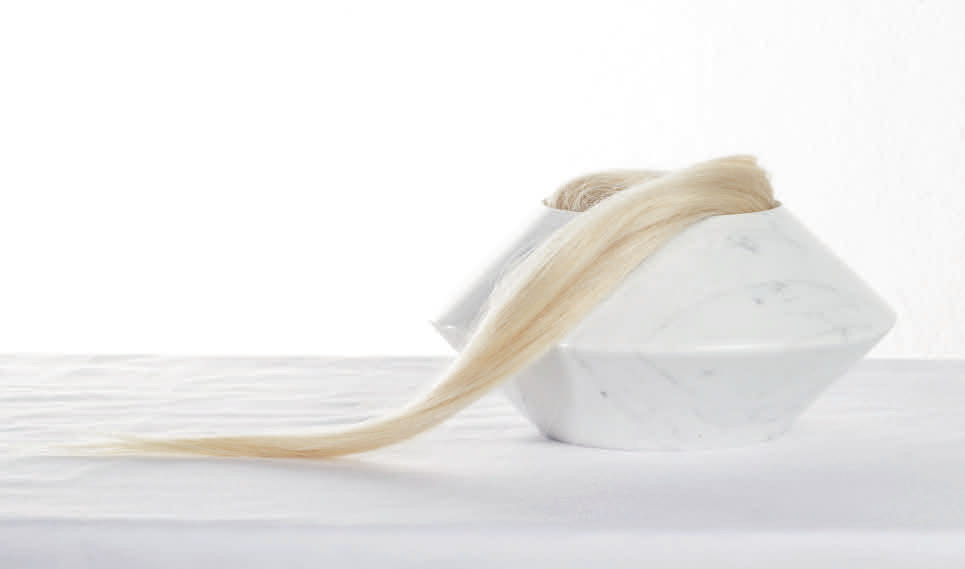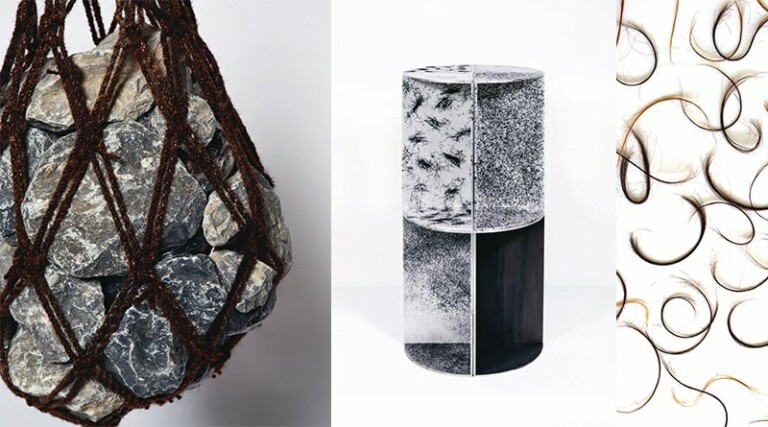Earth Overshoot Day 2016, the date when humanity exhausted nature’s budget for the year, fell on 8 August. As the Earth’s finite resources become further depleted, designers are reinventing our abundance of waste, using it to create precious artifacts and useful new products. One readily available material that could prove an extraordinary resource is a human hair.
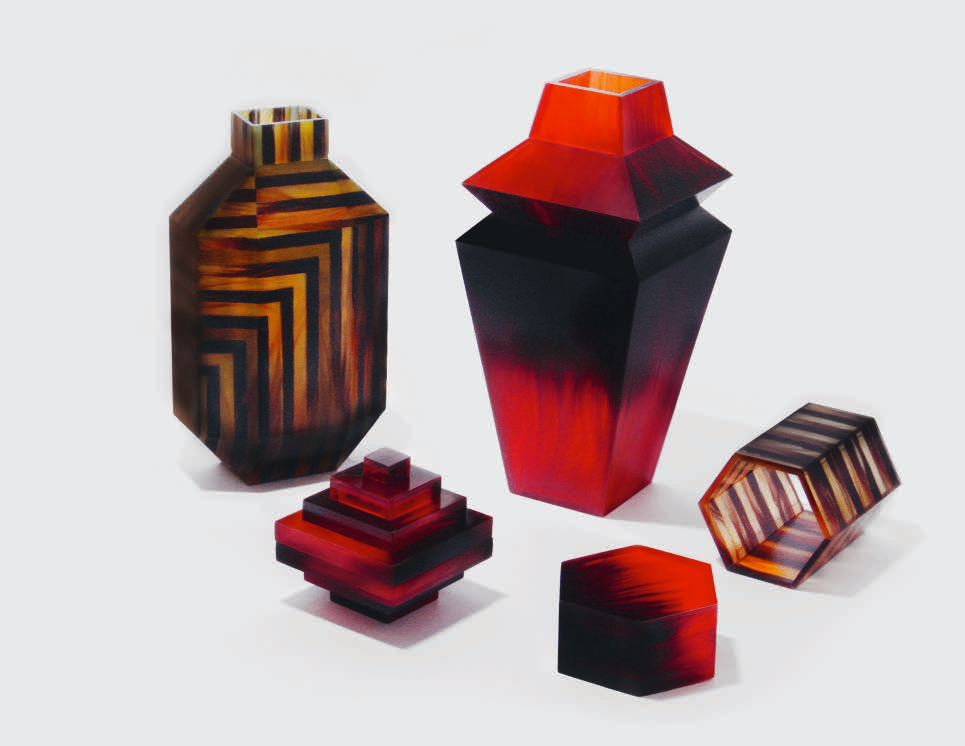
With the population expected to exceed nine billion within the next few decades, hair is one of the few materials that is actually increasing in supply globally. Hair is no longer used in design simply for its shock factor. Today, the traditional aesthetics of hair are being challenged to create new solid surfaces, patterns, and textiles, with designers, also harnessing the potential of hair’s tensile strength, lightweight, and recyclable qualities to produce innovative and useful products.

Hair Highway by Studio Swine explores hair as a natural composite. By combining hair with natural resin, Studio Swine has created beautiful wood-like solid surfaces, with a tortoiseshell-style aesthetic and a grain which resembles exotic hardwood.
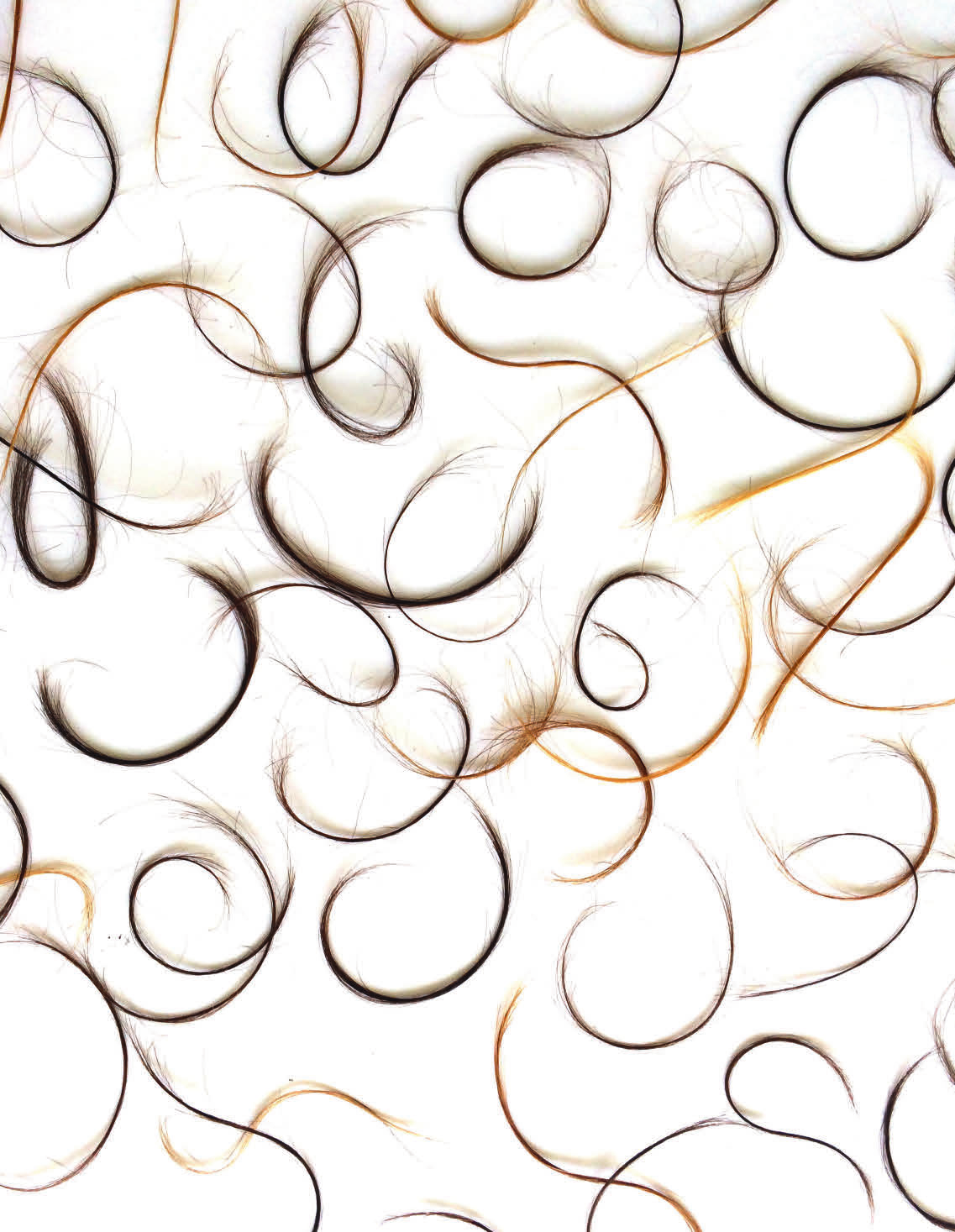
by Fabio Hendry
Human hair can grow up to 16 times faster than tropical hardwood trees, which take up to 300 years to reach maturity. With the planet’s natural resources diminishing through relentless deforestation, hair could become a sustainable alternative for the paper and hardwood industries. Recent Royal College of Art graduates Martijn Rigters and Fabio Hendry has also considered hair as a sustainable alternative. The Colour of Hair is a project which explores the potential for waste hair from the hairdressing industry to become printing matter, showcasing a new process that turns hair into a sustainable ink for printing on metals. The New Age of Trichology by Central Saint Martins material futures MA graduate Sanne Visser explores the potential of human hair as a design resource, creating an array of utilitarian products such as rope, bungee cord, and netting.
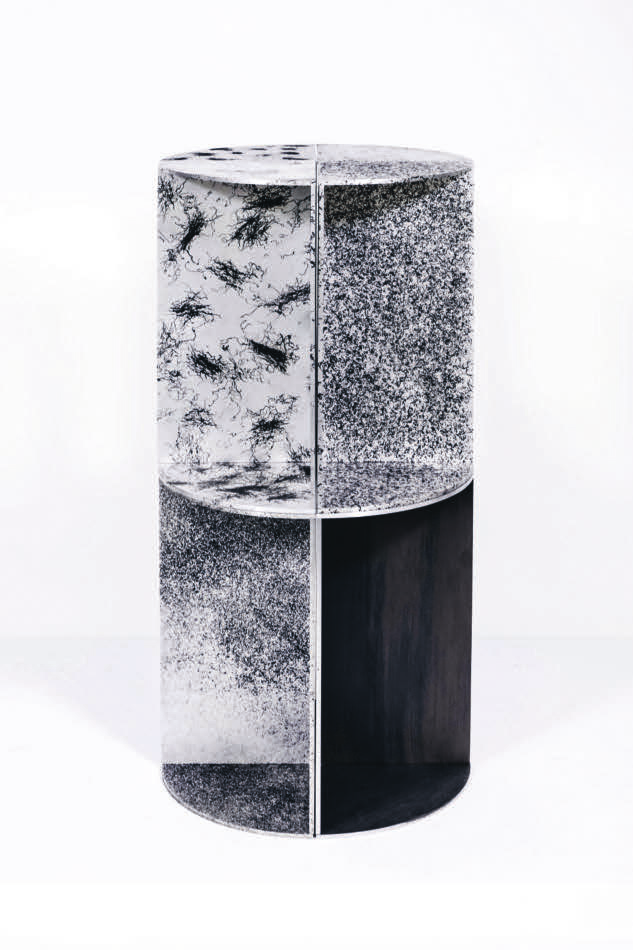
By using hair as a raw material, Visser not only reduces the levels of harmful waste entering the environment but also relieves the pressure on non-renewable materials. Zsofia Kollar’s work focuses on the unique oil-absorbing properties of hair. Kollar used blonde hair to embroider a large tapestry, before spraying the piece with essential oils to gradually perfume the surrounding space.
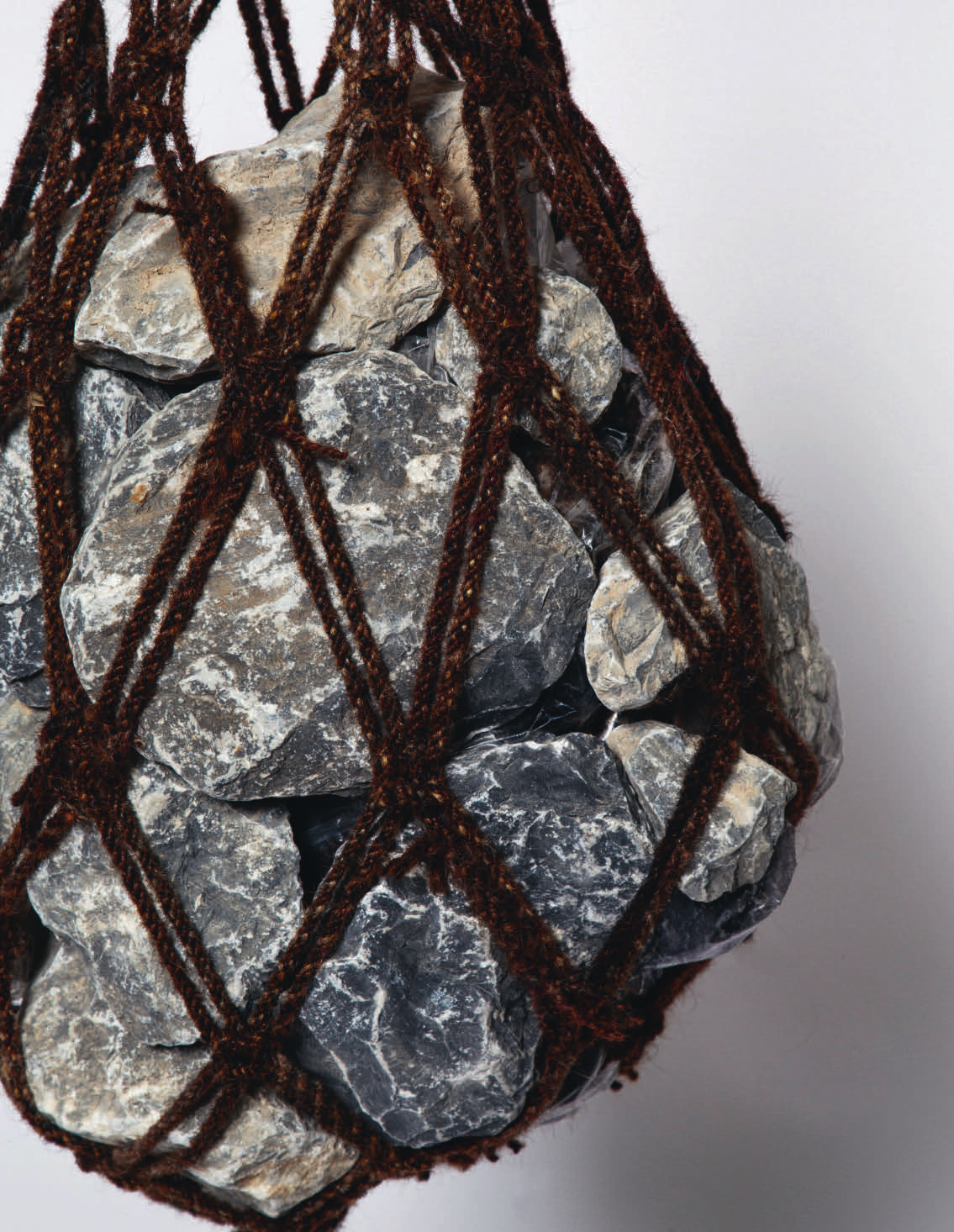
Kollar has also used human hair to create jewelry and a table piece, also sprayed with essential oils to emit scent. Holistic and meaningful, the work of Sybille Paulsen uses the hair of cancer patients to create beautiful jewelry. Combining patients’ hair with colored wool, copper, brass, silver, gold, and cast-resin, Paulsen creates pieces with personal significance for each of her clients.
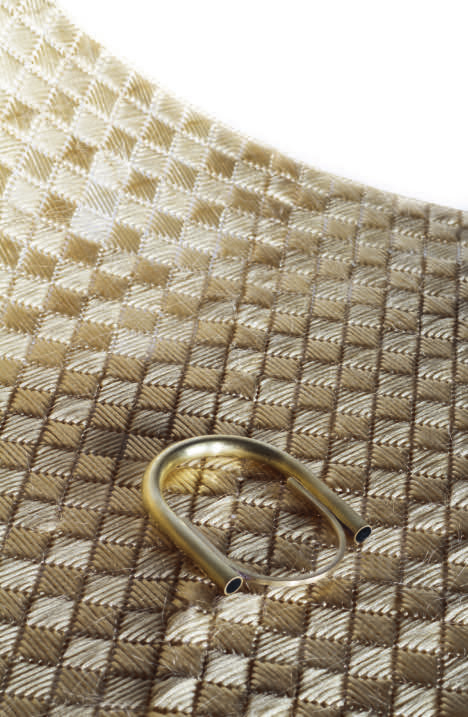
With the planet’s natural resources diminishing through relentless deforestation, hair could become a sustainable alternative for the paper and hardwood industries.
